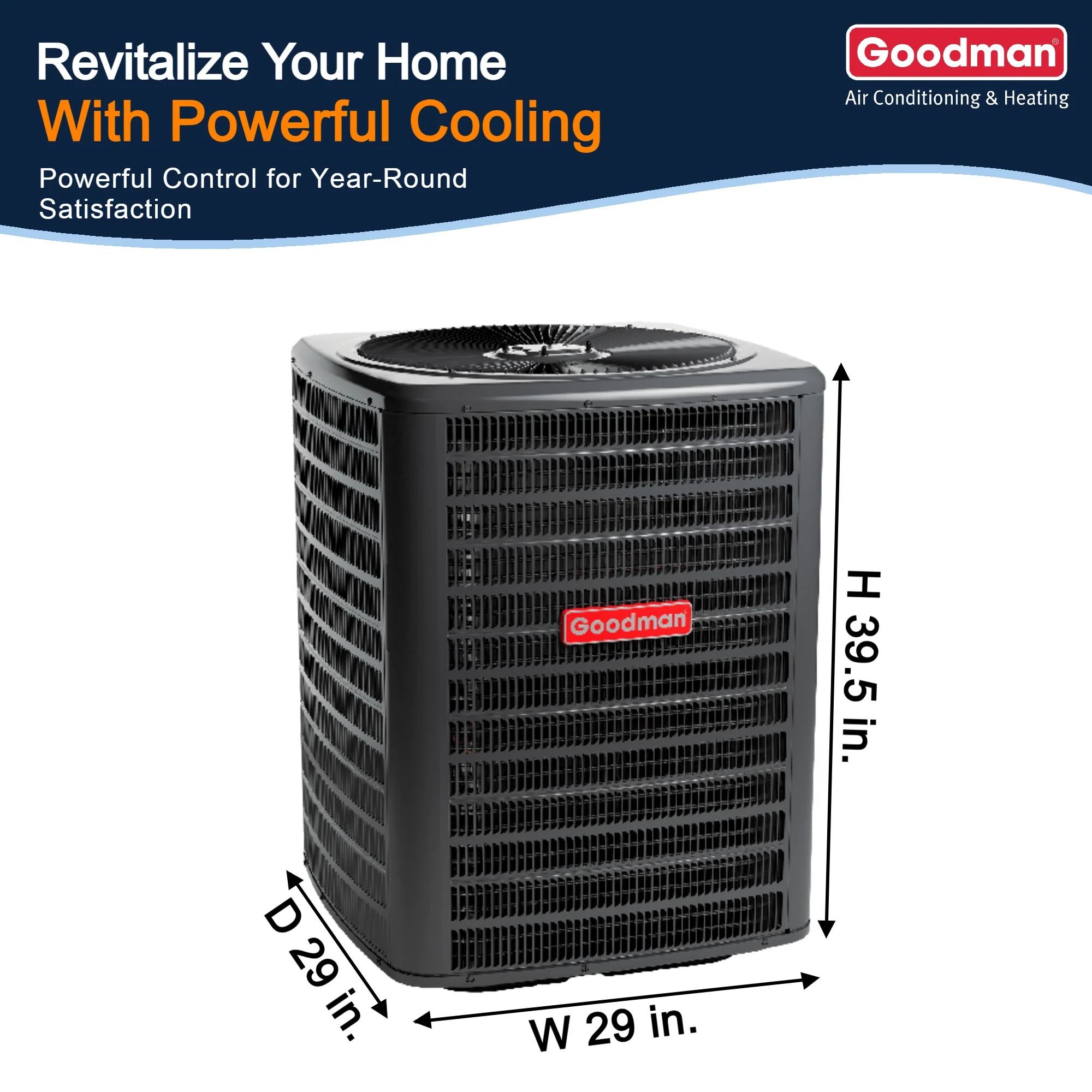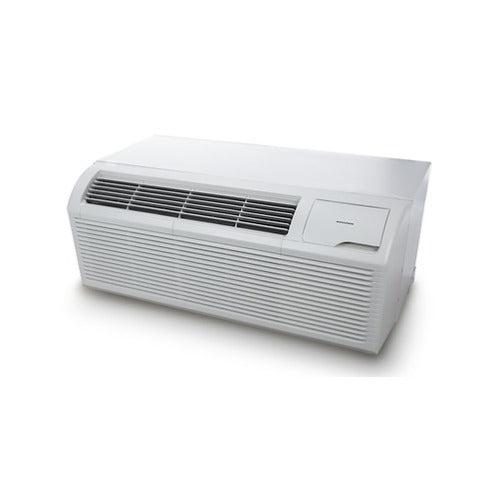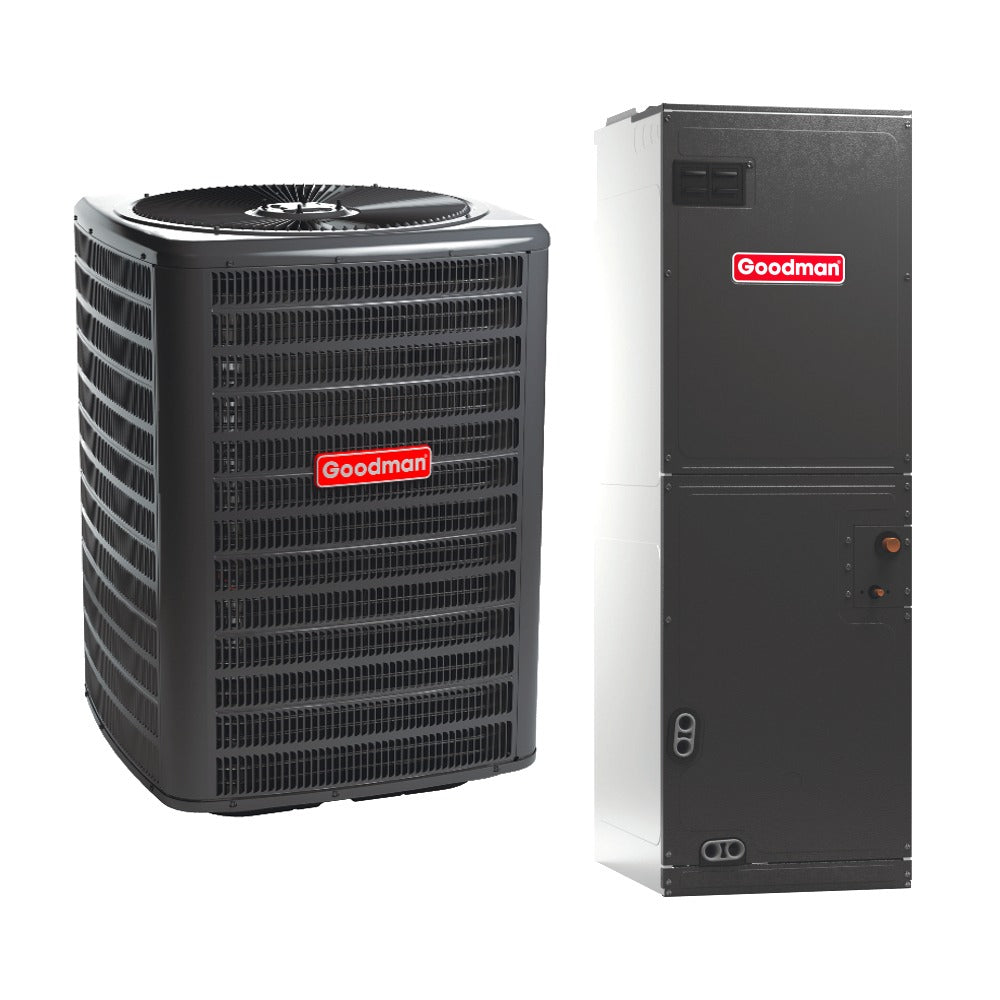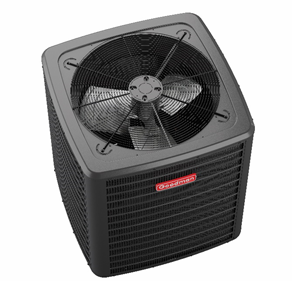The Rise of R-32 Refrigerant: Revolutionizing Energy Efficiency in HVAC Systems
The global shift toward sustainability and energy efficiency has sparked major changes in the HVAC industry, particularly in the refrigerants used in air conditioners, heat pumps and through-the-wall units. One of the most significant innovations in this space is R-32 refrigerant, which is rapidly replacing older refrigerants like R-410A in many air conditioning units. In this guide, we’ll explore the growing popularity of R-32 refrigerant, its impact on BTU, SEER ratings, energy efficiency, and enhanced energy performance, as well as available rebates for those opting for eco-friendly systems.
What is R-32 Refrigerant?
R-32 is a type of hydrofluoroolefin (HFO) refrigerant used in modern air conditioning systems. It is a single-component refrigerant that offers improved energy efficiency compared to older refrigerants like R-410A and R-22.
Why R-32 Matters:
-
Low Global Warming Potential (GWP): The GWP of R-32 is only 675, much lower than the GWP of R-410A, which is over 2,000. This means that R-32 has a significantly smaller environmental impact in terms of contributing to global warming.
-
Higher Energy Efficiency: R-32 provides better heat transfer, allowing HVAC systems to achieve higher SEER ratings and reduced energy consumption.
-
Smaller Charge Size: R-32 requires less refrigerant to achieve the same cooling effect, further reducing its environmental impact.
How R-32 Enhances Energy Efficiency in Air Conditioning Systems
One of the most compelling reasons to switch to R-32 refrigerant is its role in enhanced energy efficiency. When combined with advanced system design, R-32 allows air conditioners to operate at higher SEER ratings, which directly translates into energy savings.
Key Benefits of R-32 on Energy Efficiency:
-
Increased Heat Transfer Efficiency: R-32’s thermodynamic properties allow for faster and more efficient heat transfer, improving system efficiency. This means that air conditioners using R-32 can cool spaces faster, requiring less power to maintain a comfortable temperature.
-
Reduced Compressor Workload: Because R-32 operates more efficiently, the compressor doesn’t need to work as hard, reducing the overall energy required for cooling.
-
Improved SEER Ratings: The use of R-32 refrigerant allows for the design of units with higher SEER ratings (Seasonal Energy Efficiency Ratio), which indicates a more energy-efficient system. Systems using R-32 can often achieve SEER ratings of 16 and above, compared to older systems that have SEER ratings between 10 and 13.
Example: A unit with R-32 refrigerant and a SEER rating of 18 can reduce energy consumption by 15-25% compared to a traditional air conditioner using R-410A.
The Connection Between BTU and R-32 Refrigerant
When choosing a new air conditioner, BTU (British Thermal Unit) is an essential factor to consider for optimal performance. BTU determines the cooling capacity of the unit—the higher the BTU, the more cooling power the system provides.
However, R-32 refrigerant plays a role in improving the efficiency of systems that are designed to handle different BTU capacities. For instance, a system using R-32 can achieve higher cooling capacity with less refrigerant, resulting in a more compact and efficient system.
BTU and Efficiency:
-
R-32 units can achieve higher BTU output for the same size system compared to older refrigerants.
-
With R-32, a smaller amount of refrigerant is needed to deliver the same cooling effect, leading to reduced energy consumption and increased SEER ratings.
For example, a 12,000 BTU unit with R-32 refrigerant will consume less energy than an older 12,000 BTU unit using R-410A refrigerant, making the R-32 model the more energy-efficient choice.
How SEER Ratings and R-32 Refrigerant Work Together
The SEER rating measures the efficiency of an air conditioning system by comparing the amount of cooling it provides during a typical cooling season (in BTUs) to the amount of energy it consumes (in watt-hours). The higher the SEER, the more efficient the system.
R-32 and SEER Ratings:
-
Improved SEER with R-32: Systems that use R-32 refrigerant have been shown to achieve higher SEER ratings because R-32 operates more efficiently than older refrigerants like R-410A. As a result, air conditioners with R-32 refrigerant can cool more space with less energy, making them a cost-effective solution over time.
-
Higher SEER = Lower Energy Bills: By selecting an R-32-powered air conditioner with a high SEER rating (16 or above), you are investing in a system that will significantly lower your energy consumption and, consequently, your utility bills.
R-32 Refrigerant and SEER: The Numbers Speak for Themselves
-
R-32 Refrigerant combined with high SEER units can reduce energy consumption by up to 50% compared to traditional systems. This can lead to noticeable savings on electricity bills over the lifetime of the unit.
Rebates and Incentives for R-32 Refrigerant Units
To further incentivize the adoption of environmentally friendly air conditioning systems, many utility companies and government programs offer rebates and tax credits for purchasing high-efficiency units that use R-32 refrigerant.
Types of Available Rebates and Incentives:
-
Federal Tax Credits: Homeowners can take advantage of up to 30% of the total cost of purchasing and installing an energy-efficient air conditioner, including models with R-32 refrigerant and SEER ratings of 16 or higher.
-
State and Local Utility Rebates: Many states and utility companies offer rebates for customers who purchase high-efficiency AC systems. These rebates can range from $100 to $500, depending on the SEER rating of the unit and whether it uses R-32 refrigerant.
Tip: Check local government websites or utility company portals to find out which rebates are available in your area. This can significantly reduce the upfront costs of upgrading to an R-32 system.
The Future of R-32 Refrigerant in the HVAC Industry
The rise of R-32 refrigerant is more than just a trend—it represents a broader shift towards sustainability in the HVAC industry. As governments around the world implement stricter regulations on global warming potential (GWP) and refrigerant emissions, R-32 is poised to become the standard refrigerant in most air conditioning systems.
Why R-32 Is the Future:
-
Eco-Friendly: As a single-component refrigerant, R-32 has a lower environmental impact compared to blends like R-410A.
-
Global Adoption: Major manufacturers, including Daikin, Carrier, and Friedrich, are already incorporating R-32 into their product lines, signaling widespread industry acceptance.
-
Efficiency Gains: With R-32, manufacturers can achieve even higher SEER ratings and cooling power, while still keeping operating costs low and maintaining a smaller carbon footprint.
Conclusion: The Benefits of R-32 Refrigerant
As the HVAC industry continues to evolve, the transition to R-32 refrigerant marks a significant step toward achieving enhanced energy efficiency and sustainability. This energy-efficient refrigerant not only reduces energy bills but also minimizes environmental impact, thanks to its low GWP and superior heat transfer properties.
Whether you’re purchasing a new through-the-wall air conditioner or upgrading an older unit, opting for an air conditioner with R-32 refrigerant is a smart investment for both your wallet and the planet. And with available rebates and incentives, switching to an energy-efficient R-32 unit has never been more affordable.
By combining BTU, SEER ratings, and R-32 refrigerant, homeowners and businesses alike can enjoy reliable, cost-effective cooling while contributing to a more sustainable future.







